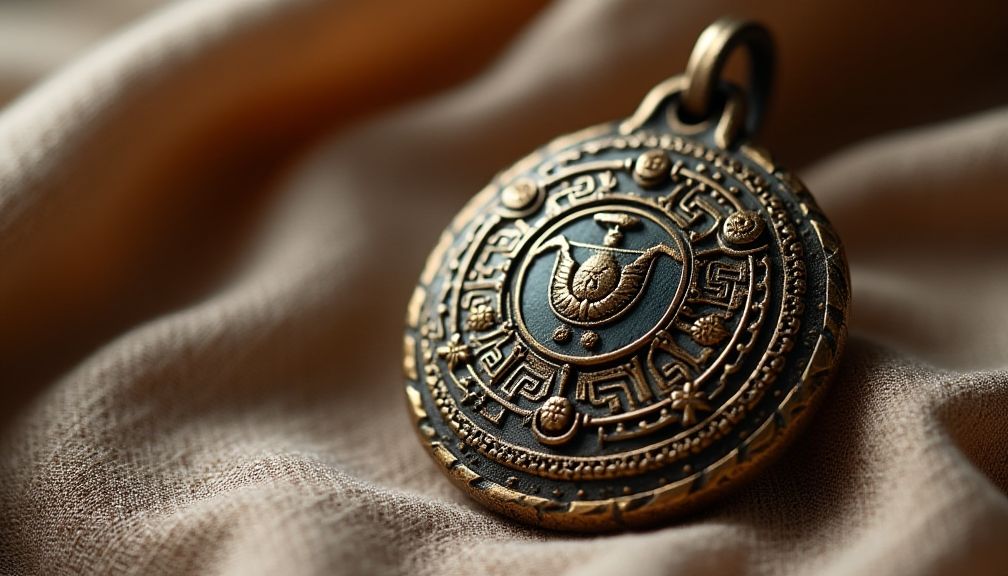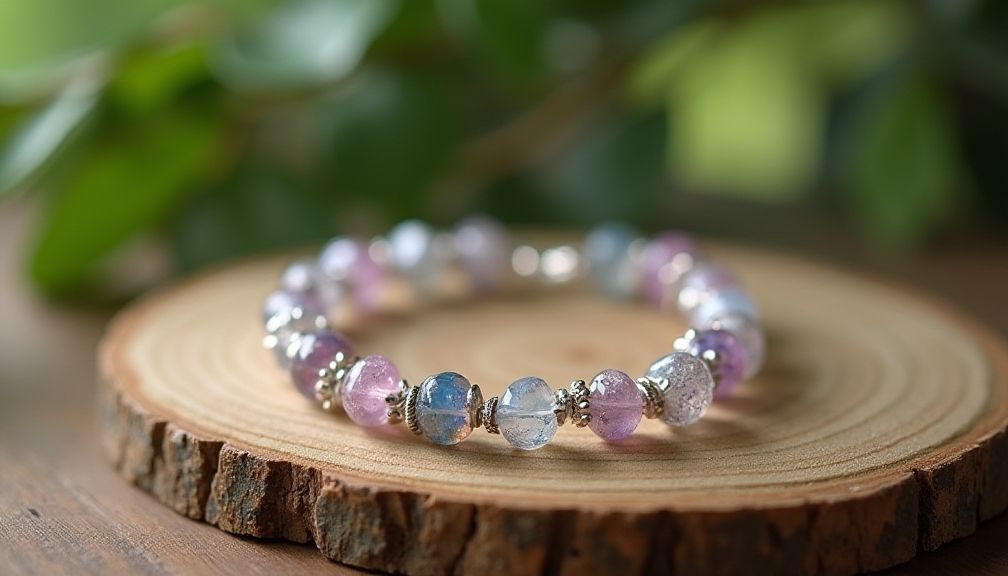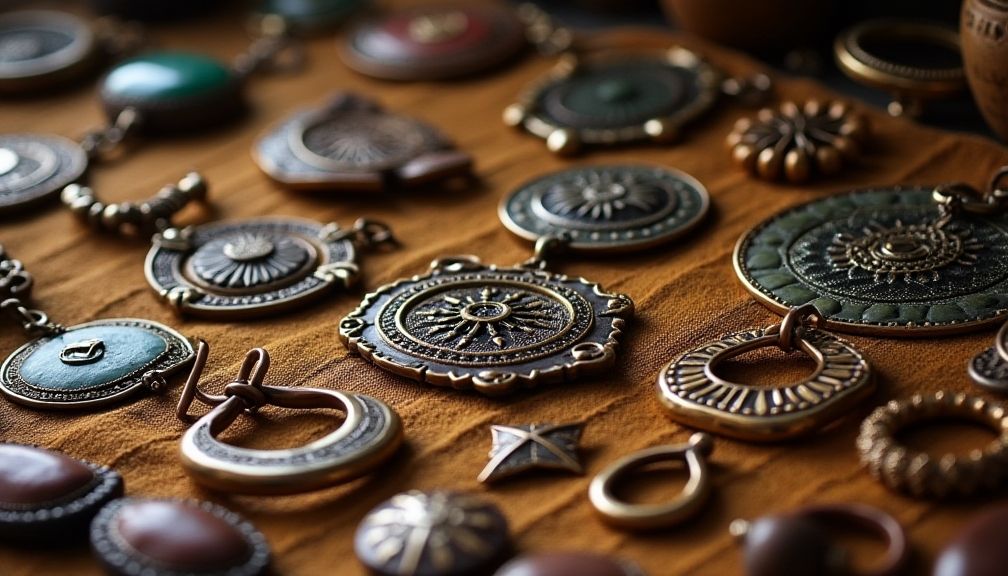Jewelry is often seen as a mere accessory, a way to enhance personal style or signify wealth. However, throughout history, cultures around the world have attributed deeper meanings to jewelry, frequently associating it with spiritual protection and safeguarding against evil. From ancient amulets to modern talismans, the use of jewelry for protection spans centuries and civilizations. This article examines why cultures utilize jewelry as a means of protection, the beliefs surrounding such practices, and the symbolism inherent in these adornments.
The Historical Context of Protective Jewelry
The practice of wearing jewelry for protection can be traced back to ancient civilizations. Cultures such as the Egyptians, Greeks, and Romans believed that specific materials and designs could ward off negative energies. Ancient Egyptians, for instance, adorned themselves with jewelry adorned with symbols like the Eye of Horus, a potent protective emblem against evil.
Similarly, the ancient Greeks created jewelry that included symbols of the gods, believing that these pieces could provide divine protection. The Romans, too, wore jewelry as a form of amulet, often embedding gemstones believed to have particular protective properties.

The Spiritual Significance of Jewelry
Jewelry often plays a pivotal role in spiritual practices. Many cultures believe that certain materials possess inherent qualities that can influence a person’s fate. For example, turquoise is considered a powerful protective stone in various Native American tribes, believed to shield the wearer from harm and promote healing.
In Hinduism, the use of gemstones in jewelry is integral. Each gemstone corresponds to a celestial body, and wearing the right stone can enhance well-being and protection. Jewelry set with specific stones, such as ruby or diamond, is often customarily used to protect against ill fortune.
Talismanic Jewelry: A Form of Cultural Identity
Talismanic jewelry not only serves a protective function but also expresses cultural identity. In various African cultures, for instance, jewelry is worn not just for beauty but for its attributed protective qualities against misunderstandings and jealousy. Cowrie shells, beads, and other ornaments are fashioned into bracelets or necklaces with specific symbols that carry particular meanings.
These pieces reflect the cultural heritage of the wearer and serve to connect past generations to the present. As time has passed, the protective role of jewelry can also symbolize unity against adversity within a community.
Modern Interpretations of Protective Jewelry
In contemporary society, the significance of protective jewelry has evolved but remains strong. Individuals often wear pieces like the Hamsa, a hand-shaped symbol popular in Middle Eastern cultures, believed to provide protection against the evil eye. Jewelry fashioned in such a manner serves as a reminder of cultural traditions while integrating seamlessly into modern fashion.
The modern consumer also seeks out crystals and gemstones for their purported metaphysical properties. Many turn to bracelets, necklaces, and earrings featuring specific stones, convinced that wearing them will invoke protection from various life challenges.
Protection from Emotional and Psychological Struggles
Jewelry can extend beyond physical protection, often serving to protect the wearer’s emotional well-being. In times of distress or anxiety, individuals may find solace in their jewelry. Many people possess “comfort jewelry” – pieces imbued with personal significance, which can provide emotional support and a sense of security.
For example, a locket containing a loved one’s photograph can serve as a talisman of connection during trying times. Jewelry can effectively embody memories, embodying strength during challenging periods.
The Role of Symbolism in Protective Jewelry
Jewelry is rich in symbolism, and understanding the meanings behind these symbols can enhance appreciation for protective jewelry. For example, the depiction of serpents in jewelry has historically been associated with rebirth and protection. The serpent, shedding its skin, signifies renewal while warding off danger.
Further Reading:
Similarly, many Asian cultures incorporate dragons into their jewelry, symbols of strength and protection. The dragon is revered for its ability to ward off evil spirits, serving as a powerful emblem of protection when displayed in jewelry form.
Healing through Protective Jewelry
Many cultures also believe in the healing properties of certain materials within jewelry. For instance, in Ayurveda, specific gemstones and metals are utilized to rebalance the body’s energy fields. Wearing jewelry made from these materials is thought to promote physical health while offering additional protection.
Likewise, jewelry made from copper is believed to have healing and protective properties, further expanding the role of jewelry from mere adornment to critical components of health and wellness.
Jewelry as Cultural Heritage and Continuity
Protective jewelry serves as a bridge between generations. Cultural practices surrounding its usage are passed down, fostering a sense of identity and continuity within communities. Grandmothers often pass down heirlooms, said to enhance the wearer’s protection and hold familial history, imparting values and beliefs about safety and security.
This tradition ensures not only the preservation of cultural heritage but also a connectedness between past and present, as the meanings and stories embedded in jewelry pieces are shared among family members.
The Psychological Impact of Wearing Protective Jewelry
Numerous studies suggest that wearing jewelry with personal significance can positively affect one’s mental health. The mere act of donning a piece believed to offer protection can instill a sense of empowerment and confidence in the wearer. This psychological boost can lead to improved coping mechanisms in facing life’s challenges.
Moreover, jewelry serves as a form of self-expression. Choosing pieces that resonate personally can enhance one’s self-esteem and foster a sense of control over one’s life situation.

Contemporary Trends in Protective Jewelry
The growing popularity of wellness and mindfulness practices has led to a resurgence in the demand for protective jewelry. Influencers and celebrities often spotlight these pieces, further propelling their significance in modern culture.
Brands focusing on spiritual and wellness-centric jewelry are creating pieces designed not only to look good but also to promote a sense of protection and inner peace. The market for crystal-infused jewelry and personalized talismans is booming, as consumers seek both aesthetic appeal and symbolic meaning.
Conclusion
Jewelry has transcended its function as a mere fashion statement, embodying deep cultural and spiritual significance as a protective tool. From ancient civilizations to contemporary society, the allure of jewelry as a safeguard against adversity resonates universally. As people continue to explore their identities through adornments, the protective properties of jewelry will remain a vital aspect of cultural expression. Understanding the historical and emotional contexts of protective jewelry enhances our appreciation for these cherished pieces, deepening our connection to our heritage and to each other.








